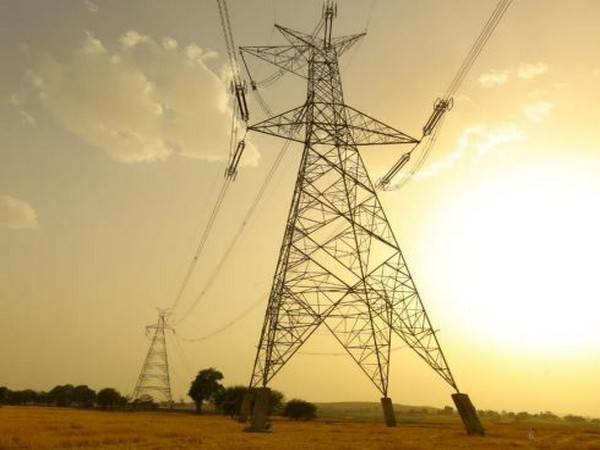The Ministry of Power directives on coal blending and invocation of the emergency clause of the Electricity Act could lower the peak demand deficit this summer from 4% in the last one, provided timely enforcement of these directives.
This assumes a peak demand of 229 GW this summer, higher by 13 GW than the 216 GW logged in April last year1. For the record, coal-based power plants meet a large proportion of the peak demand.
April 2022 had seen chronic power cuts as supply2 could not keep pace with demand owing to inadequate coal availability at plant premises and contracted capacities. Consequently, power deficit widened to a five-year high of ~8.6 GW, or ~4% of demand, that month (see annexure 1). Though the Ministry of Power announced various measures in May 2022, to control the deficits, their benefits manifested with a lag.
Says Manish Gupta, Senior Director, CRISIL Ratings, “This time around, government actions have been swifter on three counts. First, the government directed power plants as early as January this year to increase imported coal blending to 6% from 4% in April 2022, freeing up domestic coal for additional 5-6 GW capacities. Second, emergency clause under section 11, Electricity Act, 2003 was invoked in February, directing imported-coal-based power plants, more than half of which were non-operational or operating at low plant load factors till March, to operate at full capacity. Third, renewables capacities commissioned from May 2022 to March 20233 would free up 3-4 GW of thermal capacities. These measures should reduce the peak deficit levels despite an increase in peak demand4.”
In addition, the ministry (through agencies) announced tender for demand tie-up of 4 GW in March this year, specific to gas-based power plants, for a supply period of ~1.5 months (April and May).
Allocation of rakes for coal transportation for the power sector has also been increased by ~30% to 337 rakes/day compared with 261 last April (see annexure 2).
Further, the government has provided a clarity on pass through of the cost of additional coal blending in the tariffs in February.
Says Ankit Hakhu, Director, CRISIL Ratings, “That said, timely implementation of these directives by the generation companies (gencos) will be crucial to reduce deficit. For example, coal imports by gencos take 2-3 months lead time to arrive at the plant. Also, private gencos have been especially watchful on imports given uncertainty around timeliness of receipt of the higher coal cost.”
A more-than-expected increase in peak demand — which is sensitive to the weather conditions, especially heat waves during the summer — will also be a key monitorable.












